Non-Isothermal Vortex Flow in the T-Junction Pipe
Abstract
1. Introduction
1.1. Mixing Regimes in the T-Junction
1.2. Numerical Hydrodynamics/Heat Transfer Simulation in the T-Junction
2. Numerical Simulation Results of the Mixing Regimes in the T-Junction
2.1. WATLON Experiment Simulation
2.2. Stuttgart Experiment Simulation
3. Conclusions
- In both the considered cases, hot and cold heat carrier are not fully mixed. The flow in the main pipe is stratified downstream behind the T-junction. To get more full mixing, it is necessary to increase the velocity (Reynolds number) at the inlets of the main pipe and the socket, which will result in realizing another flow regime in the main pipe (impact jet or deflecting jet [9]);
- The behavior of the flow stratified by temperature is determined by the temperature drop between mixing flows. Temperature fluctuations have maximum values near the mixing layer. In Case 1 (regime ST1), there appears an unstable- stratified flow with significant temperature fluctuations. In Case 2 (regime ST2), the stable-stratified flow is observed, in which the buoyancy effects are decisive;
- The LES and RANS results on the temperature in the near-wall region of the flow and in the flow behind the T-junction agree with the experimental data obtained with the use of the mesh sensor and thermocouples. The comparison of the experimental data and the LES and RANS results shows that RANS can be utilized for qualitative and quantitative descriptions of mixing processes in the main pipe behind the T-junction.
Author Contributions
Funding
Institutional Review Board Statement
Informed Consent Statement
Data Availability Statement
Conflicts of Interest
References
- Belov, V.V.; Pergamenshchik, B.K. Krupnye avarii na TES i ikh vliyanie na komponovochnye resheniya glavnykh korpusov [Large-scale Accidents at Thermal Power Plants (TPPs) and Their Influence on Equipment Layouts inside Main Buildings]. Vestn. MGSU Proc. Mosc. State Univ. Civ. Eng. 2013, 4, 61–69. [Google Scholar] [CrossRef]
- Birger, I.-P. Calculation of the Strength of Machine Parts: Handbook, 4th ed.; Birger, I.-P., Shorr, B.F., Iosilevich, G.V., Eds.; Mashinostroyeniye: Moscow, Russia, 1993; 640p. [Google Scholar]
- Zhukovsky, N.-X. About Water Hit in Water Pipes—Moscow; GITTL: Leningrad, Russia, 1949; 104p. [Google Scholar]
- Assessment of Computational Fluid Dynamics (CFD) for Nuclear Reactor Safety Problems; Nuclear Energy Agency, Committee on the Safety of Nuclear Installations: Paris, France, 2008; NEA/CSNI/R (2007) 13; 180p.
- Chapuliot, S.; Gourdin, C.; Payen, T.; Magnaud, J.; Monavon, A. Hydro-thermal-mechanical analysis of thermal fatigue in a mixing tee. Nucl. Eng. Des. 2005, 235, 575–596. [Google Scholar] [CrossRef]
- McDevitt, M.; Hoehn, M.; Childress, T.; McGill, R. Analysis and impact of recent U.S. thermal fatigue operating experience. In Proceedings of the Fourth International Conference on Fatigue of Nuclear Reactor Components, Seville, Spain, 28 September–1 October 2015; No. 28. [Google Scholar]
- Braillard, O.; Edelin, D. Advanced experimental tools designed for the assessment of the thermal load applied to the mixing tee and nozzle geometries in the PWR plant. In 2009 1st International Conference on Advancements in Nuclear Instrumentation, Measurement Methods and their Applications; IEEE: Marseille, France, 2009; pp. 1–7. [Google Scholar]
- Zhou, M.; Kulenovic, R.; Laurien, E. Experimental investigation on the thermal mixing characteristics at a 90° T-Junction with varied temperature differences. Appl. Therm. Eng. 2018, 128, 1359–1371. [Google Scholar] [CrossRef]
- Kamide, H.; Igarashi, M.; Kawashima, S.; Kimura, N.; Hayashi, K. Study on mixing behavior in a tee piping and numerical analyses for evaluation of thermal striping. Nucl. Eng. Des. 2009, 239, 58–67. [Google Scholar] [CrossRef]
- Igarashi, M.; Tanaka, M.; Kawashima, S.; Kamide, H. Experimental study on fluid mixing for evaluation of thermal striping in T-pipe junction. In Proceedings of the 10th International Conference on Nuclear Engineering, Arlington, MA, USA, 14–18 April 2002; pp. 383–390. [Google Scholar]
- Utanohara, Y.; Miyoshi, Y.K.; Nakamura, A. Conjugate numerical simulation of wall temperature fluctuation at a T-junction pipe. Bulletin of the JSME. Mech. Eng. J. 2018, 5, 1–23. [Google Scholar] [CrossRef]
- Selvam, P.K.; Kulenovic, R.; Laurien, E.; Kickhofel, J.; Prasser, H.-M. Thermal mixing of flows in horizontal T-junctions with low branch velocities. Nucl. Eng. Des. 2017, 332, 32–54. [Google Scholar] [CrossRef]
- Vilner, Y.M.; Kovalev, Y.T.; Nekrasov, B.B. Handbook for Hydraulics, Hydraulic Machines and Hydraulic Drives; Vysheishaya Shkola: Minsk, Russia, 1976; 416p. [Google Scholar]
- Zhou, M.; Kulenovic, R.; Laurien, E. T-junction experiments to investigate thermal-mixing pipe flow with combined measurement techniques. Appl. Therm. Eng. 2019, 150, 237–249. [Google Scholar] [CrossRef]
- Menter, F.R.; Kuntz, M.; Langtry, R. Ten years of industrial experience with the SST turbulence model. In Turbulence, Heat and Mass Transfer 4; Hanjalic, K., Nagano, Y., Tummers, M., Eds.; Begell House, Inc.: Danbury, CT, USA, 2003. [Google Scholar]
- Sosinovich, V.-P. Turbulent Motion of Incompressible Media; Luikov, A.V., Ed.; Heat and Mass Transfer Institute of NAS of Belarus: Minsk, Belarus, 2007; 189p.
- Patankar, S.V. Computation of Conduction and Duct Flow Heat Transfer; CRC Press: Maple Grove, MN, USA, 1991; 370p. [Google Scholar]
- Aksenov, A.A.; Zhluktov, S.V.; Shmelev, V.V.; Shaporenko, E.V.; Shepelev, S.F.; Rogozhkin, S.A.; Krylov, A.N. Numerical investigations of mixing non-isothermal streams of sodium coolant in T-branch. Comput. Res. Modeling 2017, 9, 95–110. [Google Scholar] [CrossRef][Green Version]
- Utanohara, Y.; Nakamura, A.; Miyoshi, K.; Kasahara, N. Numerical simulation of long-period fluid temperature fluctuation at a mixing tee for the thermal fatigue problem. Nucl. Eng. Des. 2016, 305, 639–652. [Google Scholar] [CrossRef]
- Nakamura, A.; Ikeda, H.; Qian, S.; Tanaka, M.; Kasahara, N. Benchmark simulation of temperature fluctuation using CFD for the evaluation of the thermal load in a T-junction pipe. In Proceedings of the seventh Korea-Japan Symposium on Nuclear Thermal Hydraulics and Safety, Chuncheon, Korea, 14–17 November 2010. Paper No. N7P-0011. [Google Scholar]
- Tanaka, M.; Ohshima, H.; Monji, H. Thermal mixing in T-junction piping system concerned with high-cycle thermal fatigue in structure. J. Nucl. Sci. Technol. 2010, 47, 790–801. [Google Scholar] [CrossRef][Green Version]
- Kweon, H.D.; Kim, J.S.; Lee, K.Y. Fatigue design of nuclear class 1 piping considering thermal stratification. Nucl. Eng. Des. 2008, 238, 1265–1274. [Google Scholar] [CrossRef]
- Qian, S.; Kanamaru, S.; Kasahara, N. High-accuracy CFD prediction methods for fluid and structure temperature fluctuations at T-junction for thermal fatigue evaluation. Nucl. Eng. Des. 2015, 288, 98–109. [Google Scholar] [CrossRef]
- Isaev, A.; Kulenovic, R.; Eckart, L. Experimental investigation on isothermal stratified flow mixing in a horizontal T-junction. Atw Int. Z. Kernenerg. 2016, 61, 621–624. [Google Scholar]
- Evrim, C.; Chu, X.; Silber, F.E.; Isaev, A.; Weihe, S.; Laurien, E. Flow features and thermal stress evaluation in turbulent mixing flows. Int. J. Heat Mass Transf. 2021, 178, 121605. [Google Scholar] [CrossRef]
- Dmitriev, S.M.; Dobrov, A.A.; Legchanov, M.A.; Khrobostov, A.E. Modeling of Coolant Flow in the Fuel Assembly of the Reactor of a Floating Nuclear Power Plant Using the Logos CFD Program. J. Eng. Phys. Thermophys. 2015, 88, 1297–1303. [Google Scholar] [CrossRef]
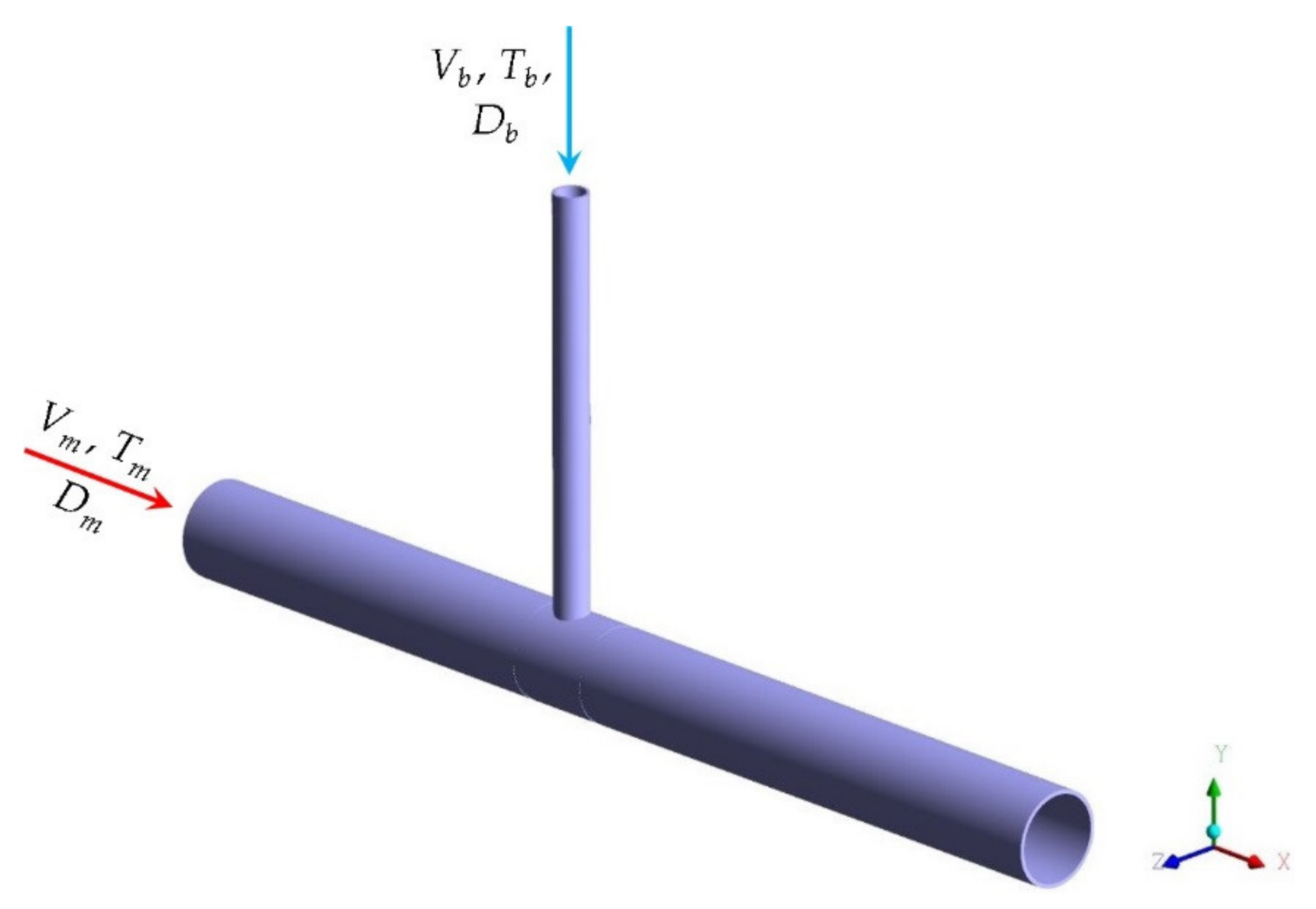
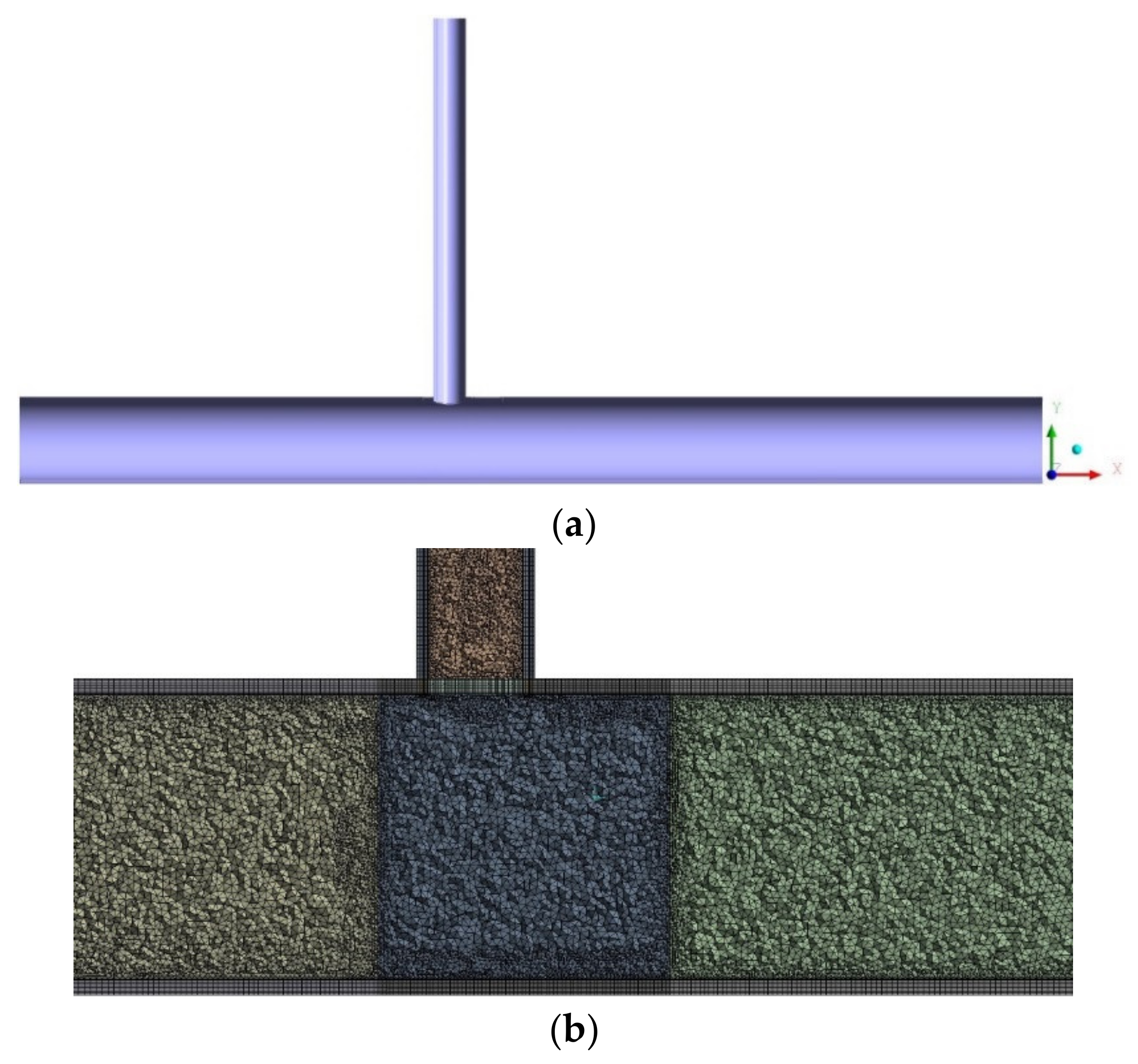
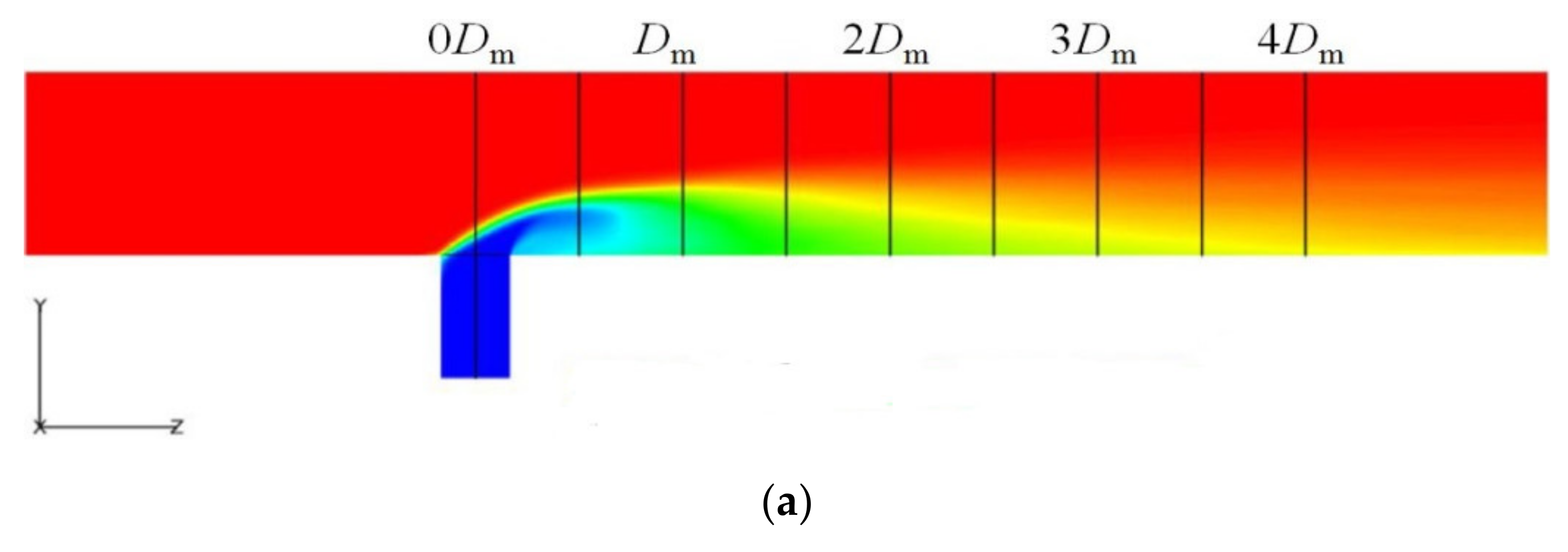

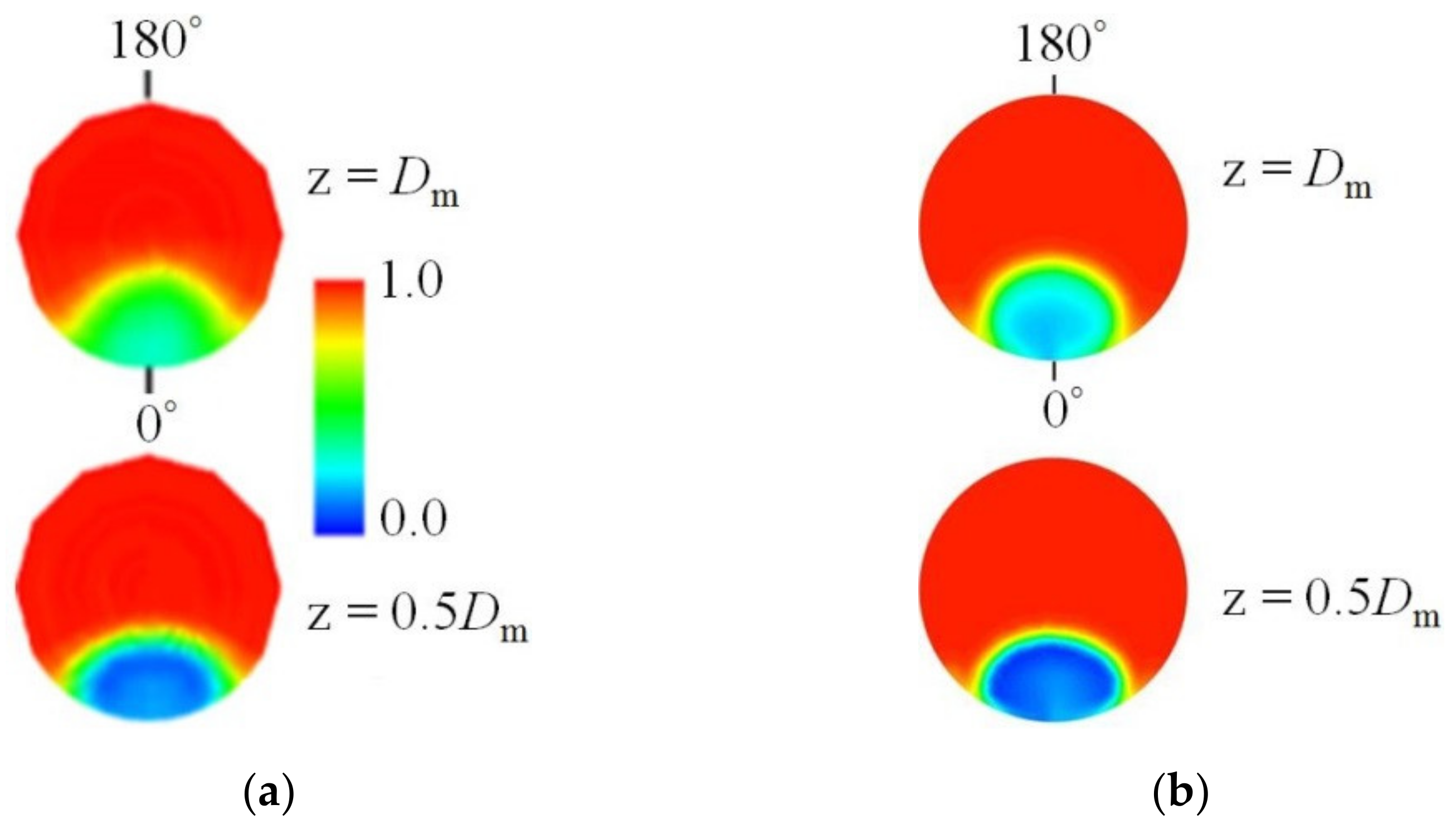
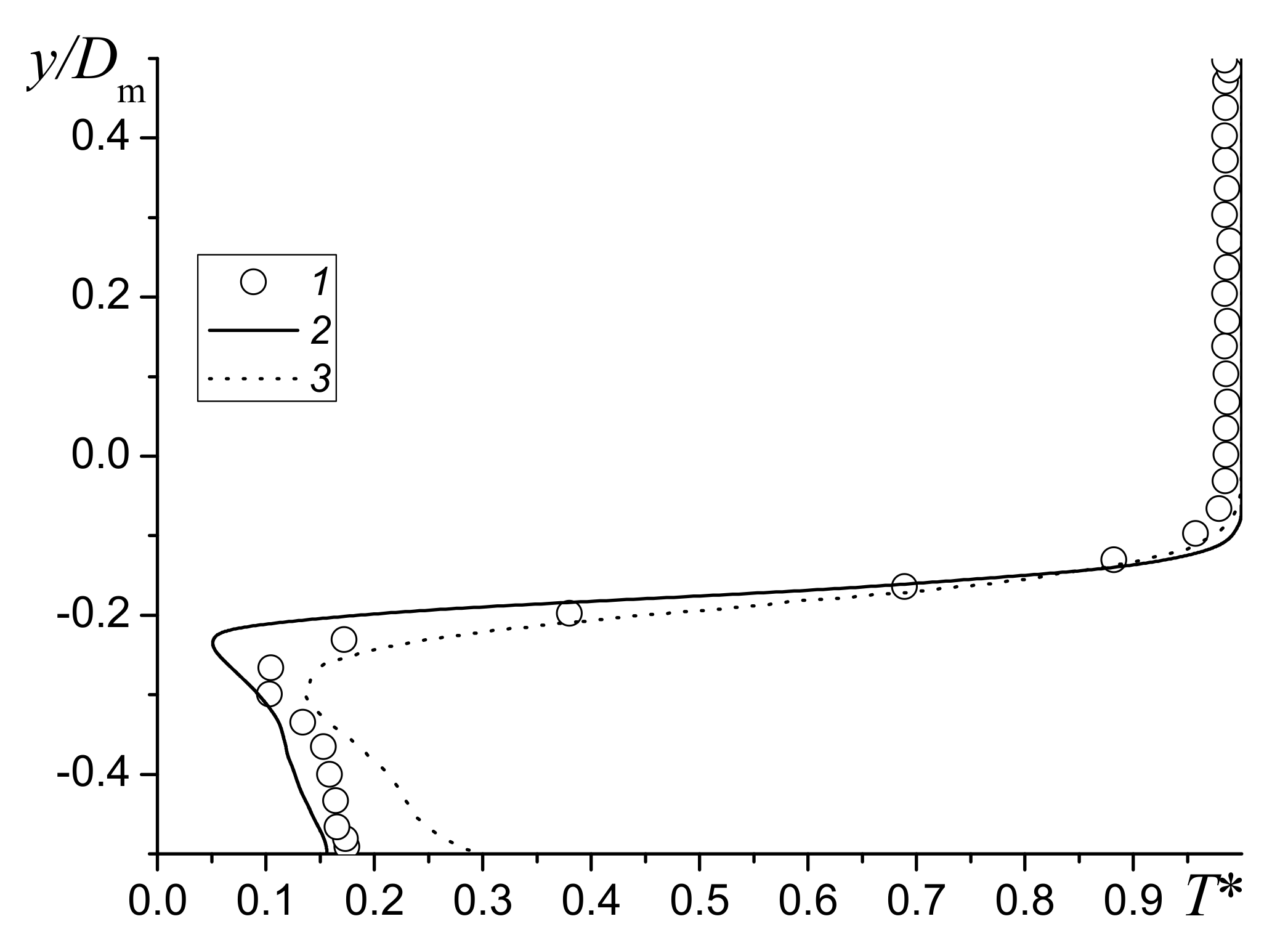
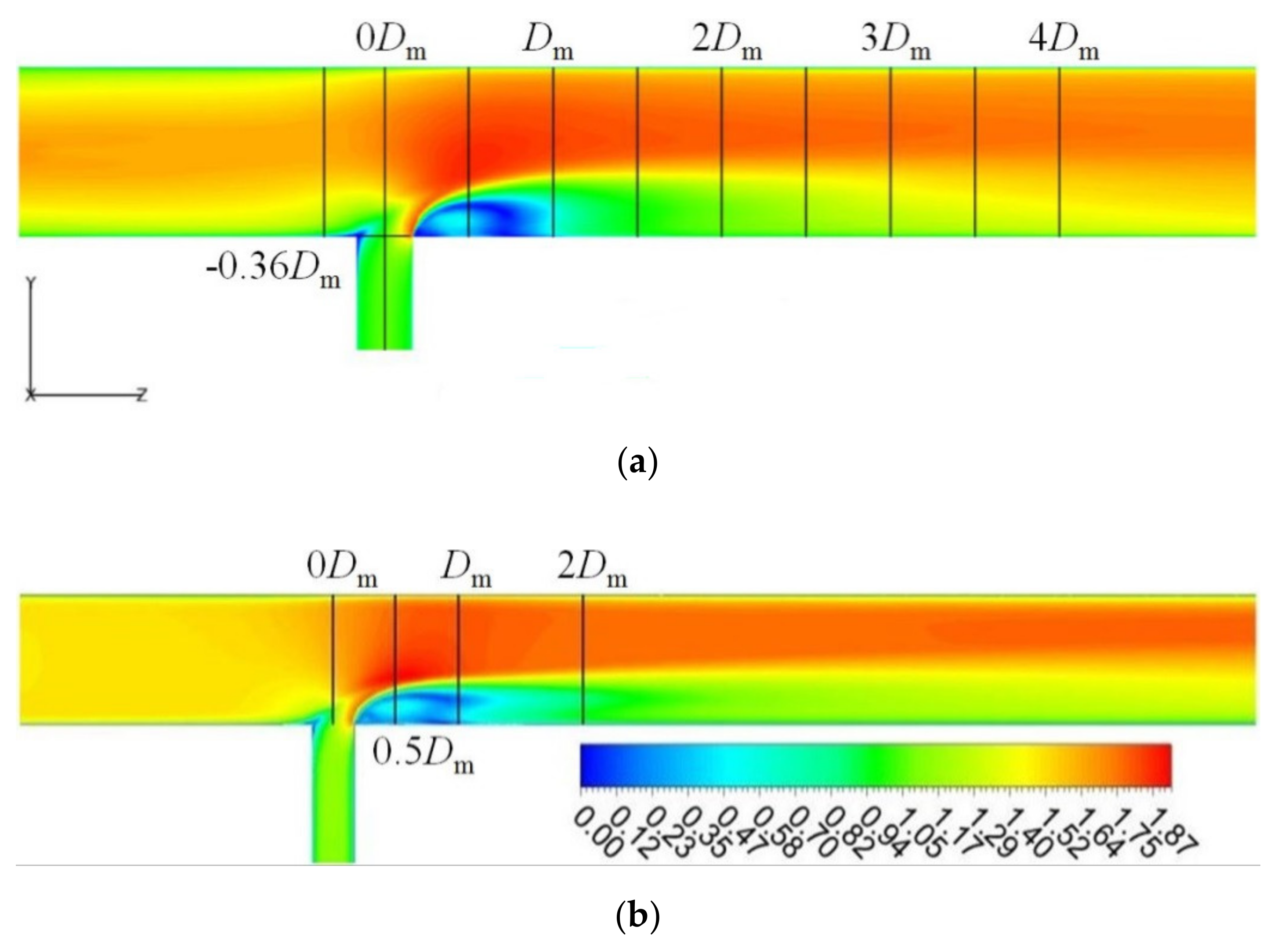
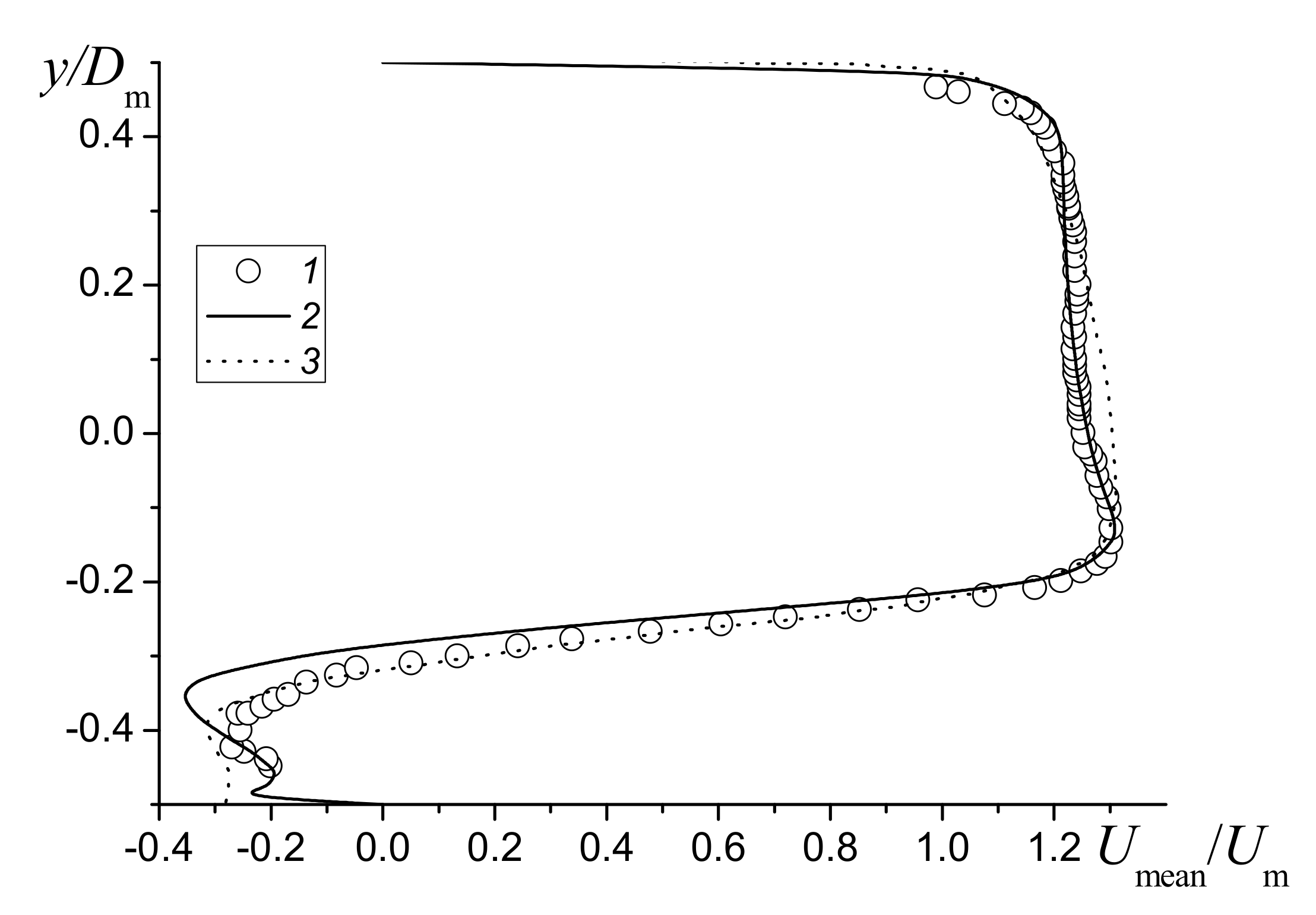
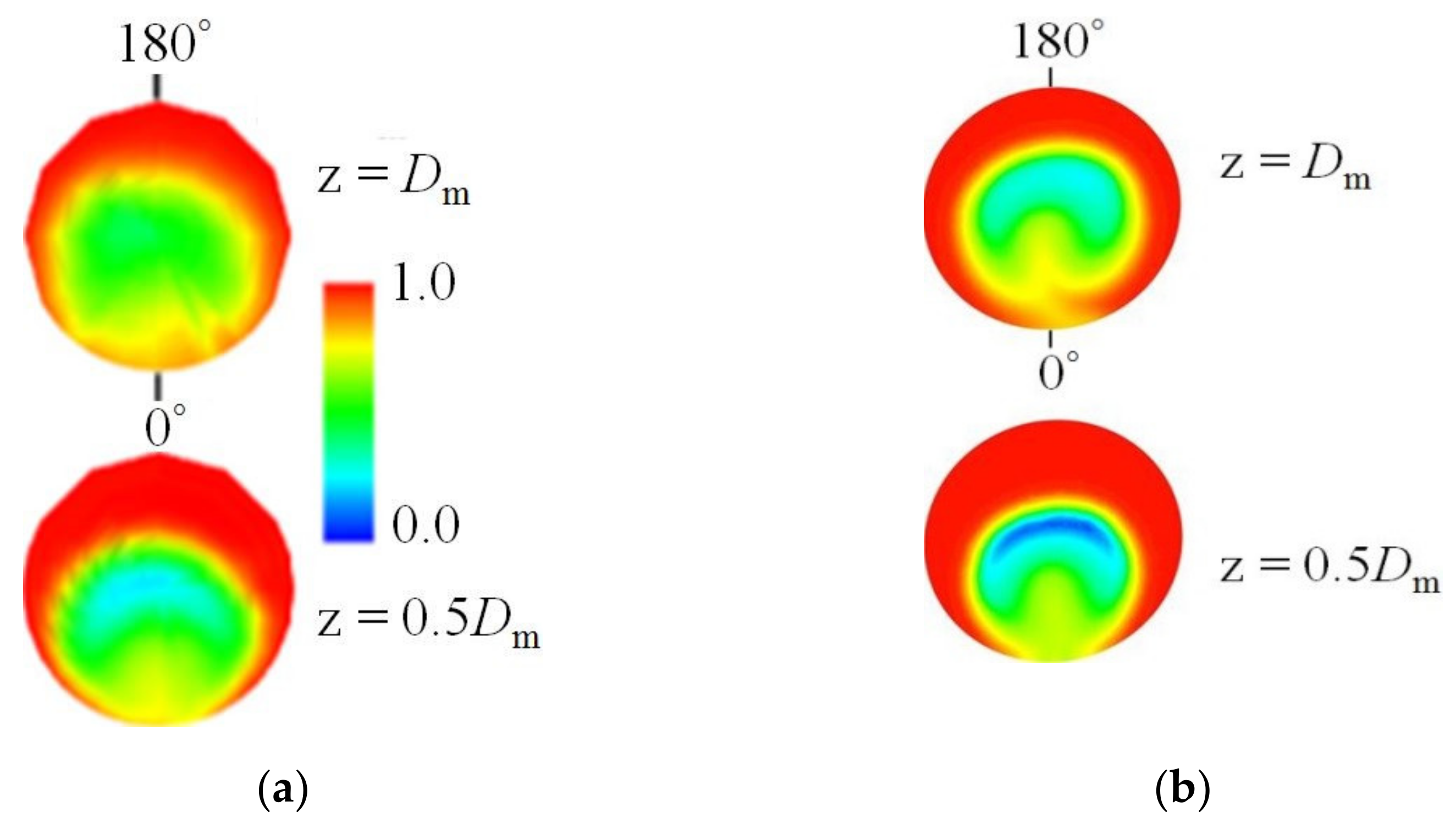
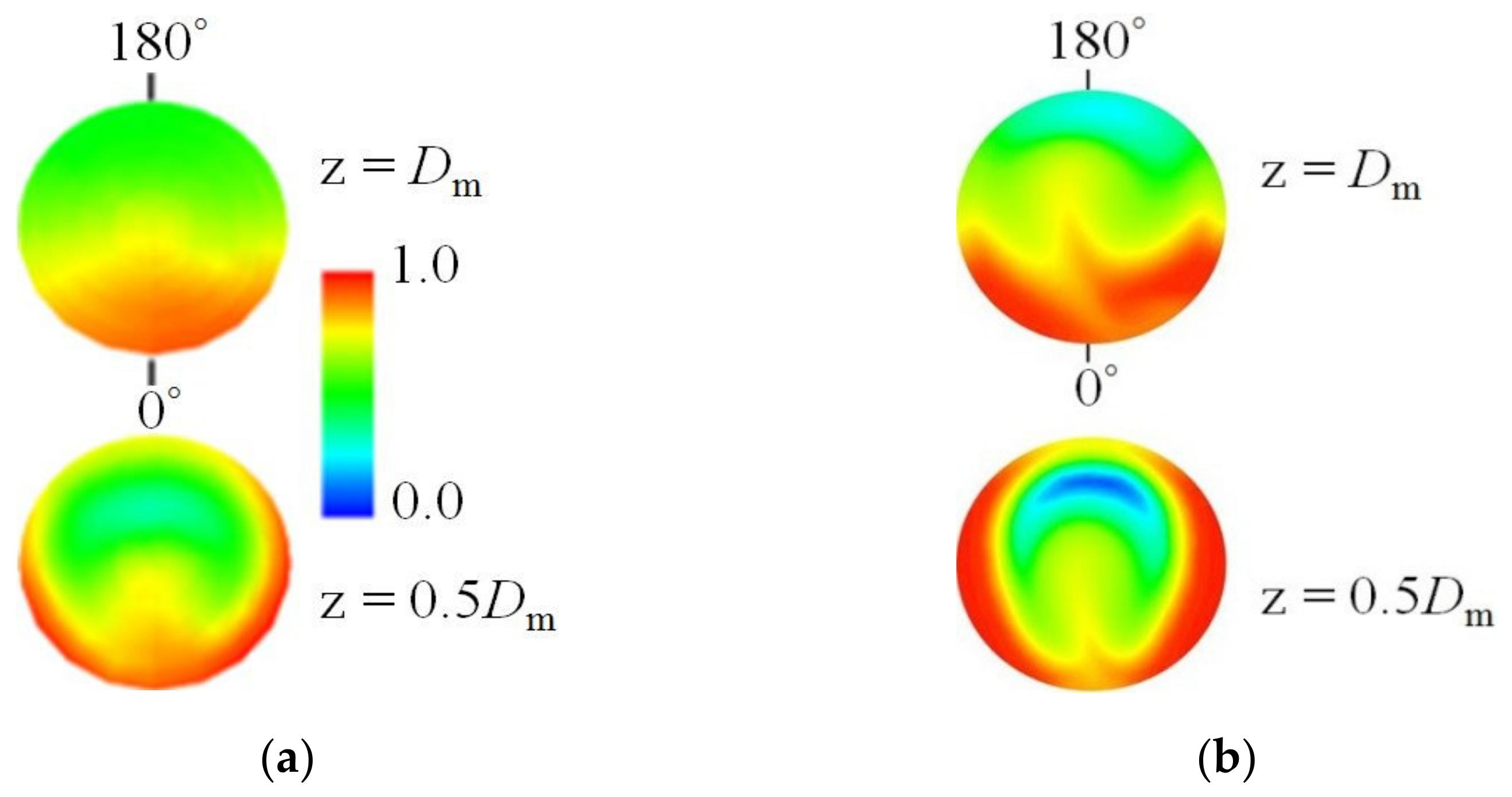
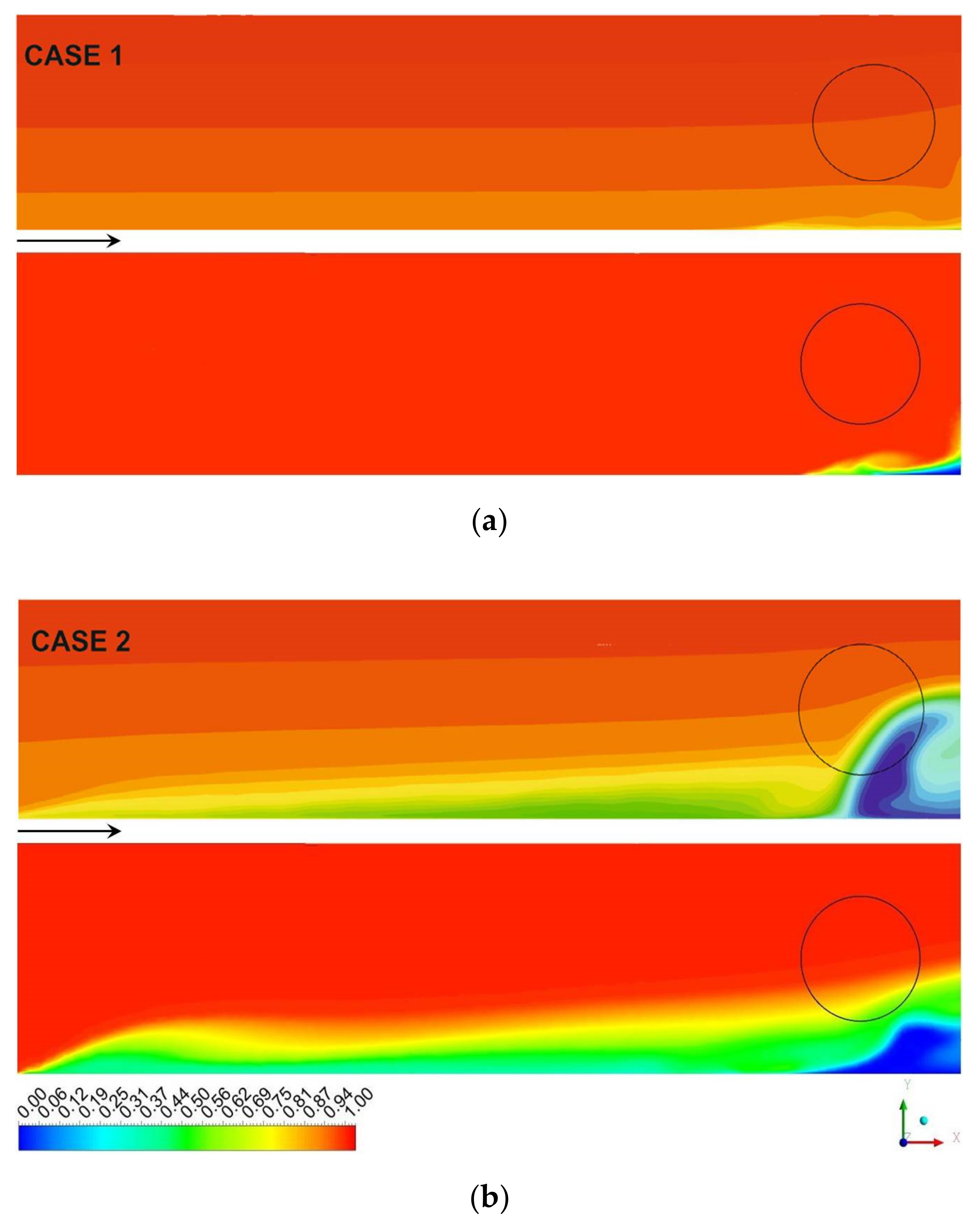

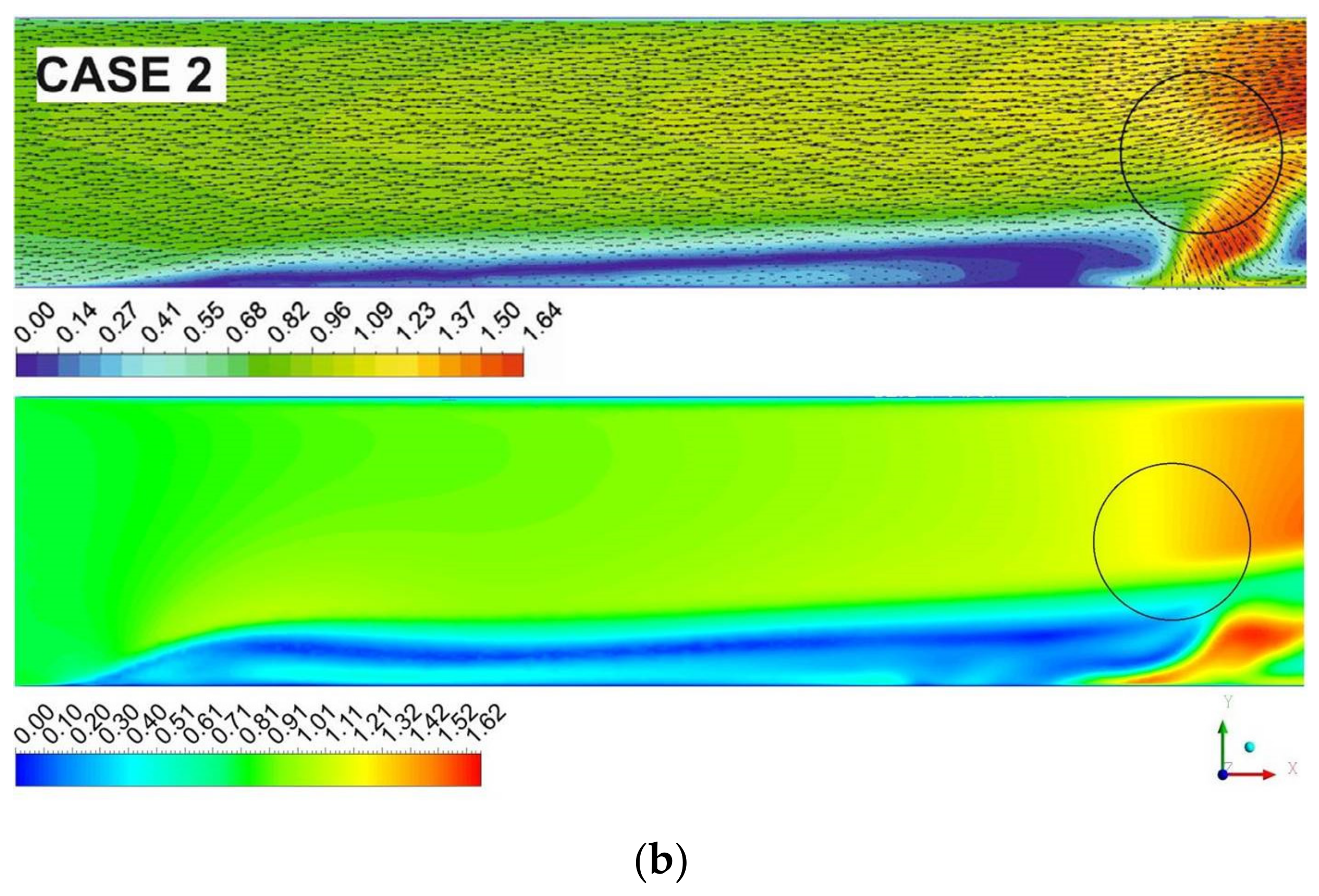
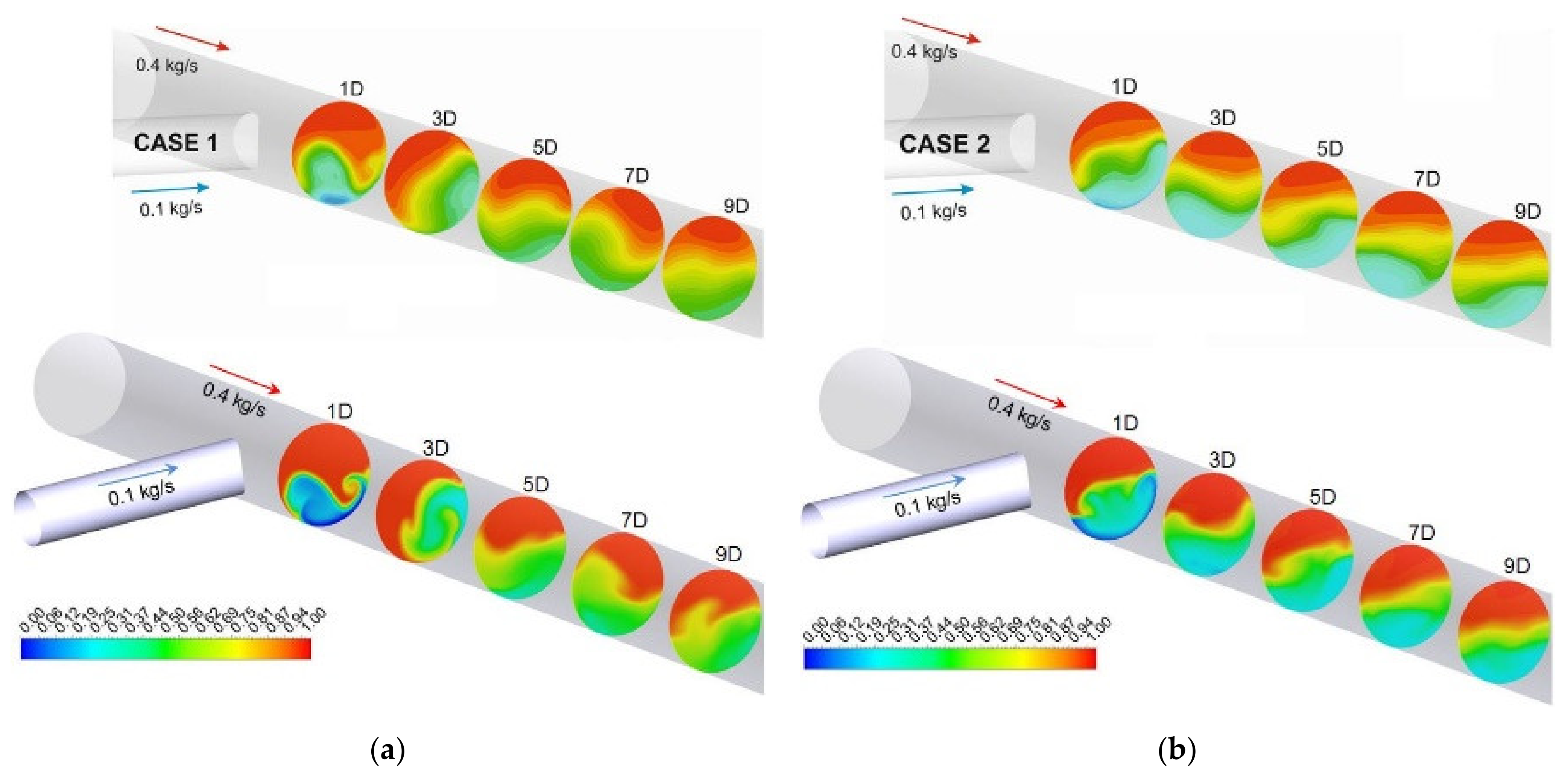
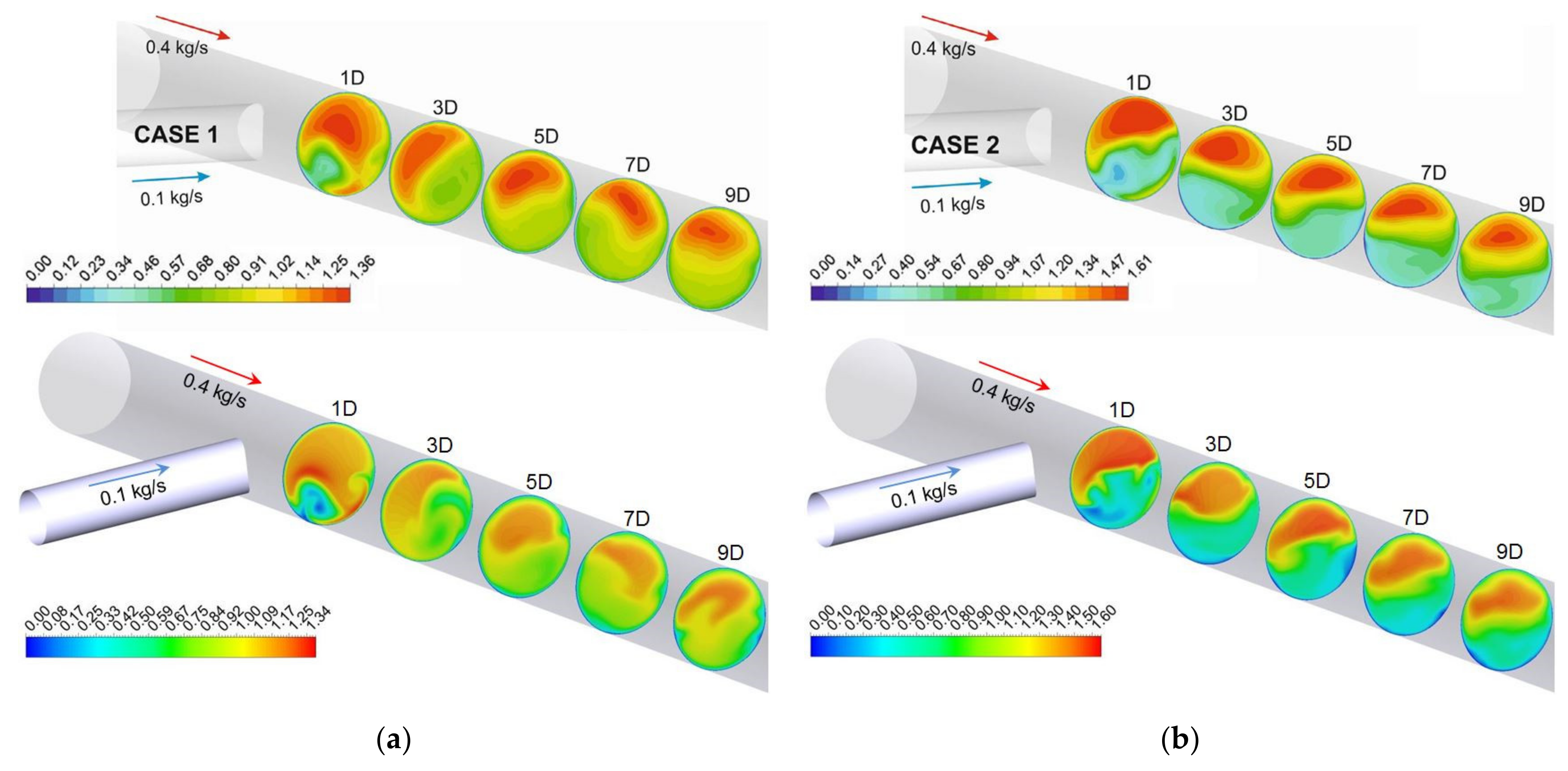
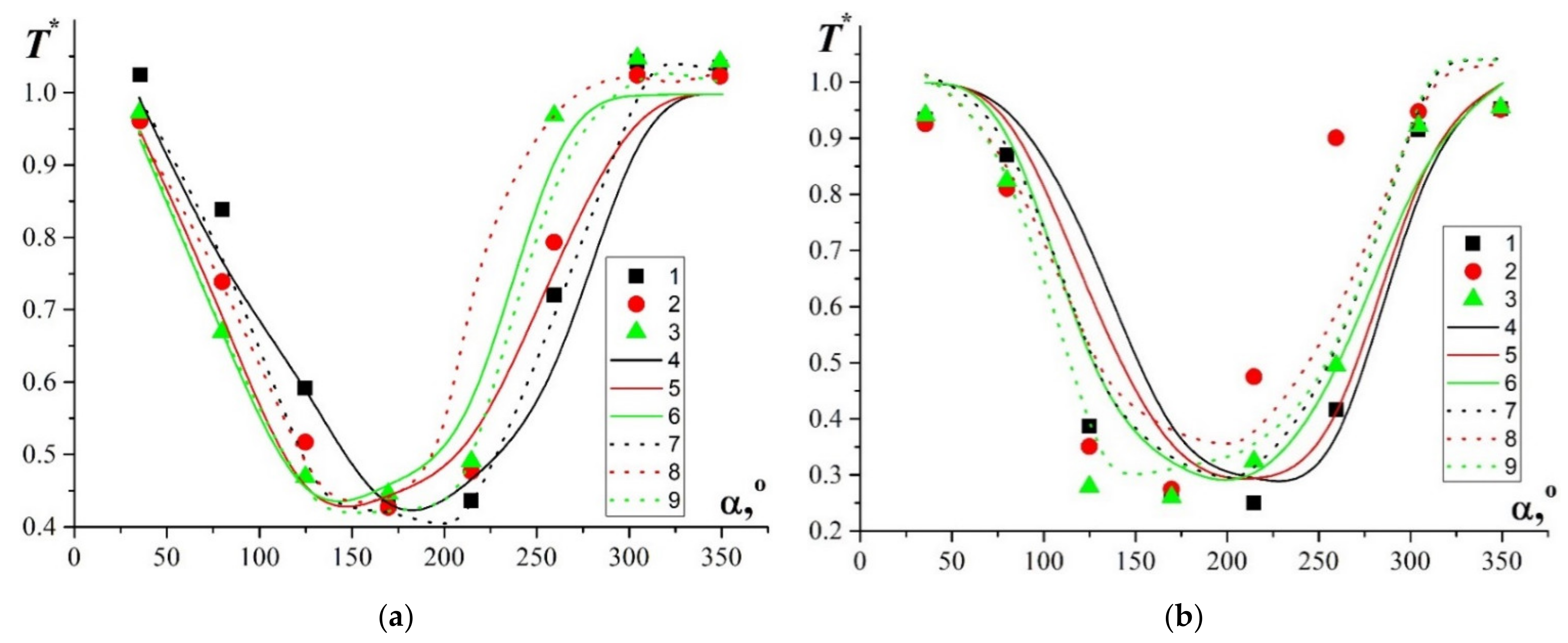
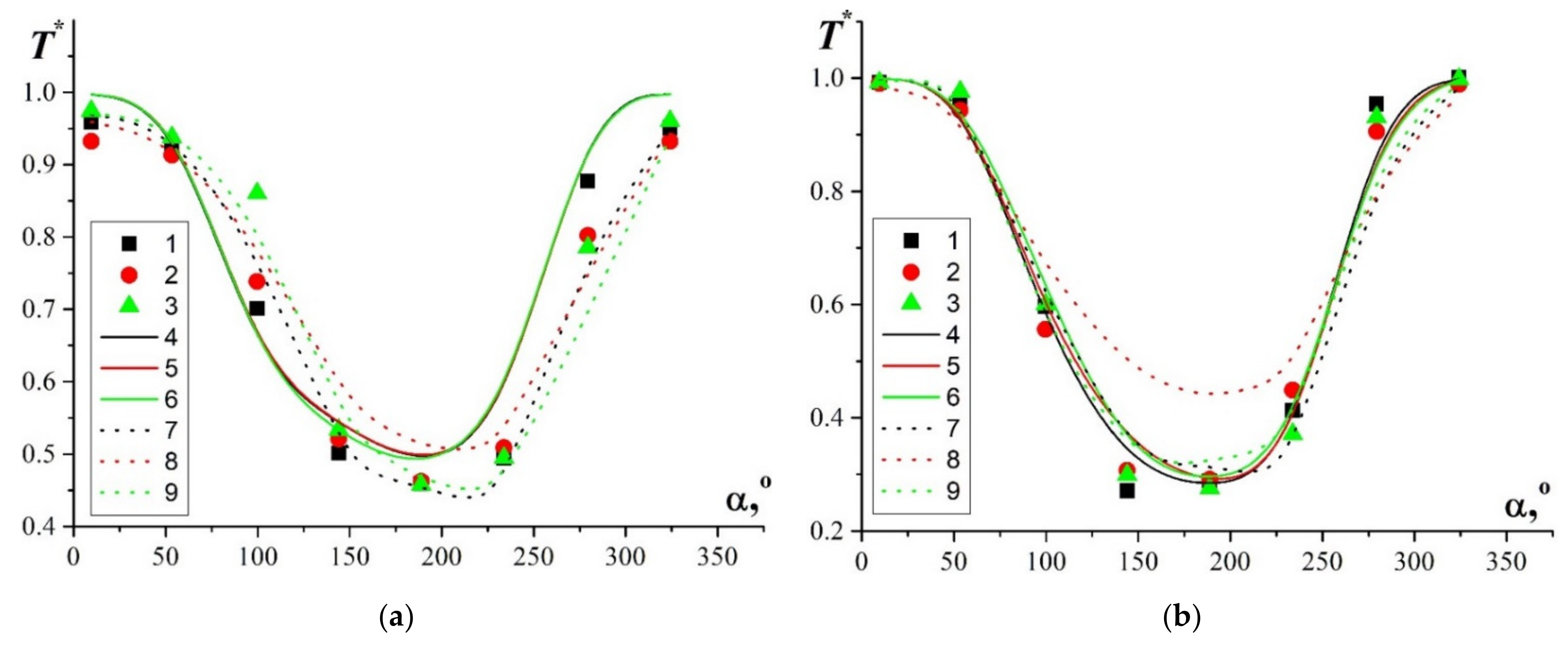
| Regime | Rem/Reb | Mm/Mb | Flow Visualization |
|---|---|---|---|
| Near-wall jet | Rem/Reb > 2.36 | Mm/Mb > 1.35 | 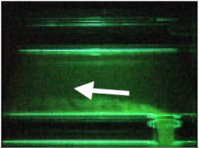 |
| Deflecting jet | 1.2 < Rem/Reb< 2.36 | 0.35 < Mm/Mb < 1.35 | 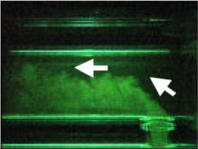 |
| Impact jet | Rem/Reb < 1.2 | Mm/Mb < 0.35 | 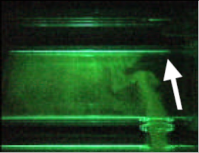 |
Publisher’s Note: MDPI stays neutral with regard to jurisdictional claims in published maps and institutional affiliations. |
© 2021 by the authors. Licensee MDPI, Basel, Switzerland. This article is an open access article distributed under the terms and conditions of the Creative Commons Attribution (CC BY) license (https://creativecommons.org/licenses/by/4.0/).
Share and Cite
Baranova, T.A.; Zhukova, Y.V.; Chorny, A.D.; Skrypnik, A.; Popov, I.A. Non-Isothermal Vortex Flow in the T-Junction Pipe. Energies 2021, 14, 7002. https://doi.org/10.3390/en14217002
Baranova TA, Zhukova YV, Chorny AD, Skrypnik A, Popov IA. Non-Isothermal Vortex Flow in the T-Junction Pipe. Energies. 2021; 14(21):7002. https://doi.org/10.3390/en14217002
Chicago/Turabian StyleBaranova, Tatyana A., Yulia V. Zhukova, Andrei D. Chorny, Artem Skrypnik, and Igor A. Popov. 2021. "Non-Isothermal Vortex Flow in the T-Junction Pipe" Energies 14, no. 21: 7002. https://doi.org/10.3390/en14217002
APA StyleBaranova, T. A., Zhukova, Y. V., Chorny, A. D., Skrypnik, A., & Popov, I. A. (2021). Non-Isothermal Vortex Flow in the T-Junction Pipe. Energies, 14(21), 7002. https://doi.org/10.3390/en14217002






